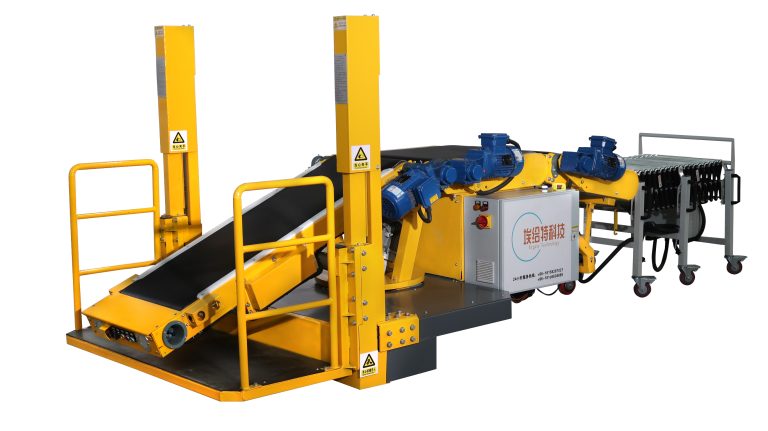How to Design an Ergonomic Loading Process for Maximum Efficiency
Designing an ergonomic loading process for maximum efficiency requires careful consideration of the physical and mental demands of the job. It is important to consider the physical strain of the job, such as the weight of the items being loaded, the distance they need to be moved, and the number of items that need to be loaded. Additionally, the mental demands of the job should be taken into account, such as the complexity of the loading process and the amount of time it takes to complete.
To ensure maximum efficiency, it is important to design a loading process that minimizes physical strain and mental fatigue. This can be done by breaking the loading process into smaller tasks and providing adequate rest breaks. Additionally, the use of ergonomic equipment, such as carts and dollies, can help reduce the physical strain of the job.
It is also important to consider the layout of the loading area. The loading area should be designed to minimize the distance items need to be moved and to provide easy access to the items being loaded. Additionally, the loading area should be well-lit and free of clutter to reduce the risk of accidents.
Finally, it is important to provide adequate training to ensure that the loading process is completed safely and efficiently. This includes providing instruction on proper lifting techniques, as well as providing information on the proper use of ergonomic equipment. Additionally, it is important to provide feedback to employees on their performance to ensure that they are following the loading process correctly.
By taking the time to design an ergonomic loading process for maximum efficiency, employers can ensure that their employees are safe and productive. This will help to reduce the risk of injury and improve overall productivity.

